Since the industrial revolution, the cognition of human society has been repeating the cycle of “development-maturity-subversion-development”, and leaping innovation has carried out two industrial revolutions. Especially with the deepening of the new round of global technological revolution, we have officially entered the industrial 4.0 era.
Under the guidance of the goal of “carbon emission peak and carbon neutrality”, new materials and new energy technologies have been making continuous breakthrough, and the integration with advanced manufacturing technology is accelerated, which provides an important historical opportunity for the intelligent and green development of manufacturing industry.
What are the changes in the photovoltaic industry compared with five years ago? In addition to the improvement of product power, efficiency and production automation level, the more obvious change is that photovoltaic enterprises begin to expand into related fields.
For example, before the release of G12 silicon wafer, Zhonghuan Semiconductor actively discussed the future development trend with battery and module enterprises. While deeply cultivating photovoltaic inverter, Huawei also studied how to cooperate with tracking bracket to improve system power generation. In this regard, Cao Yu, chief analyst from Solarbe Consulting, commented that since the development of photovoltaic industry, only craftsmanship is not enough, and the industry is calling for masters. In order not to be subverted in the future, or even become the initiator of the new wave, we need to have both the depth of our own field and the breadth of related fields.
On May 21, the First Intelligent Photovoltaic Conference with the theme of “Intelligence, Empowerment and Integration” was held in Tianjin, China. Nearly 400 photovoltaic practitioners gathered to review the development history of the industry and discuss the future of intelligent photovoltaic.
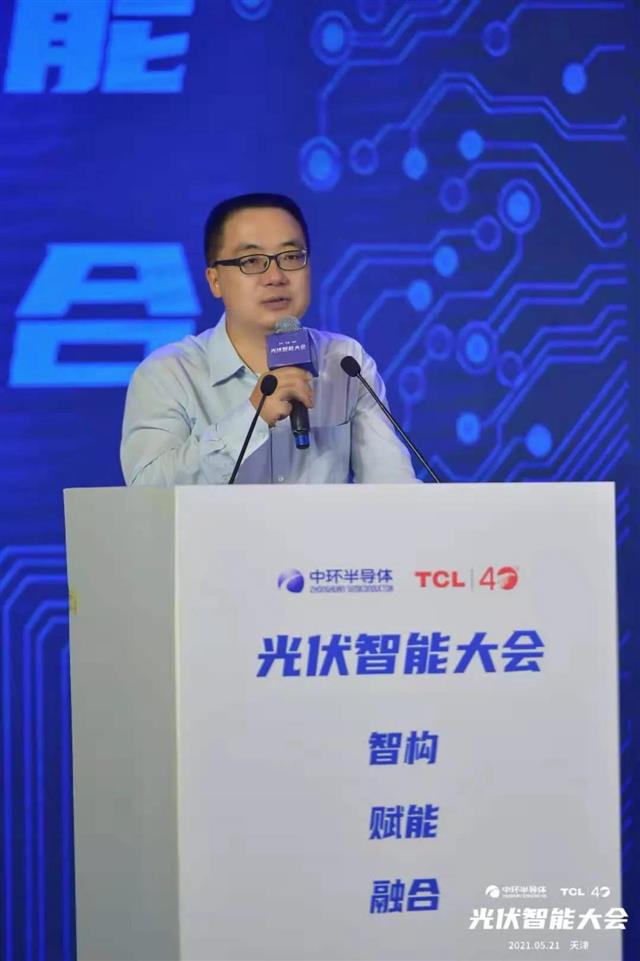
Jin Lei, director of the electronic information department of the Ministry of Industry and Information Technology (MIIT), said in his speech that with the integration of photovoltaic with 5G communication, artificial intelligence, industrial Internet, big data and other emerging technologies, the era of intelligent energy has come, and the intelligent photovoltaic industry will also usher in unlimited development space. In the next step, the MIIT will continue to work with relevant parties to study and implement the “14th Five Year Plan” and even medium and long-term intelligent photovoltaic industry development policies, accelerate the promotion of intelligent photovoltaic innovation and upgrading and industry application, and support the high-quality development of intelligent photovoltaic industry from policy planning, technological progress, standard testing, industry finance docking, international cooperation and other aspects.
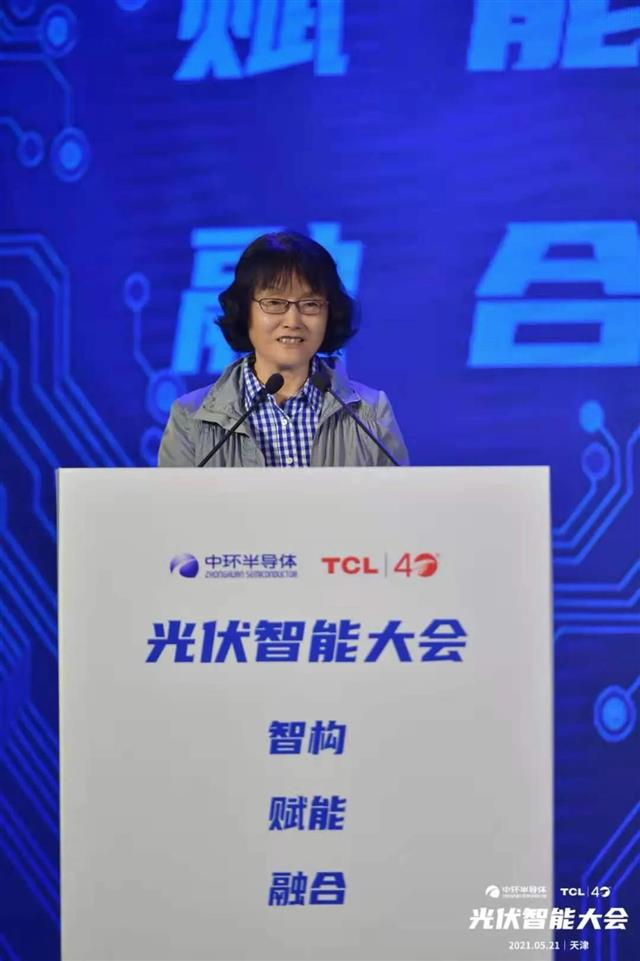
Yuan Tong, senior consultant of China Electronic Materials Industry Association, spoke highly of Zhonghuan. She pointed out that with the technology accumulation in semiconductor silicon materials, Zhonghuan timely grasped the development opportunity of photovoltaic industry and became the leading enterprise in the photovoltaic silicon materials industry. It went hand in hand in the fields of semiconductor materials and photovoltaic silicon monocrystalline materials, complemented each other, led the technological development of the industry, and shared the fruitful results of growth with partners through the construction of ecological industry chain.
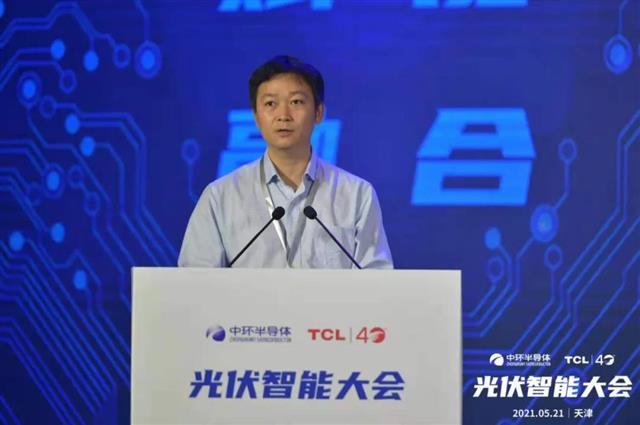
Chen Jinhong, deputy director of the Management Committee of Binhai High-tech Zone, said that as the first batch of national high tech industrial development zones, national independent innovation demonstration zones and national innovation and entrepreneurship demonstration bases, Tianjin Binhai High-tech Zone has undertaken the task of scientific and technological innovation of key leading industries in Tianjin’s implementation of the central innovation driven development strategy and the functional orientation of “one base with three zones”, the preliminary form is an industrial system dominated by information technology application and innovation industry, focusing on new materials, new energy, high-end equipment manufacturing and biomedicine, and characterized by new economy services.
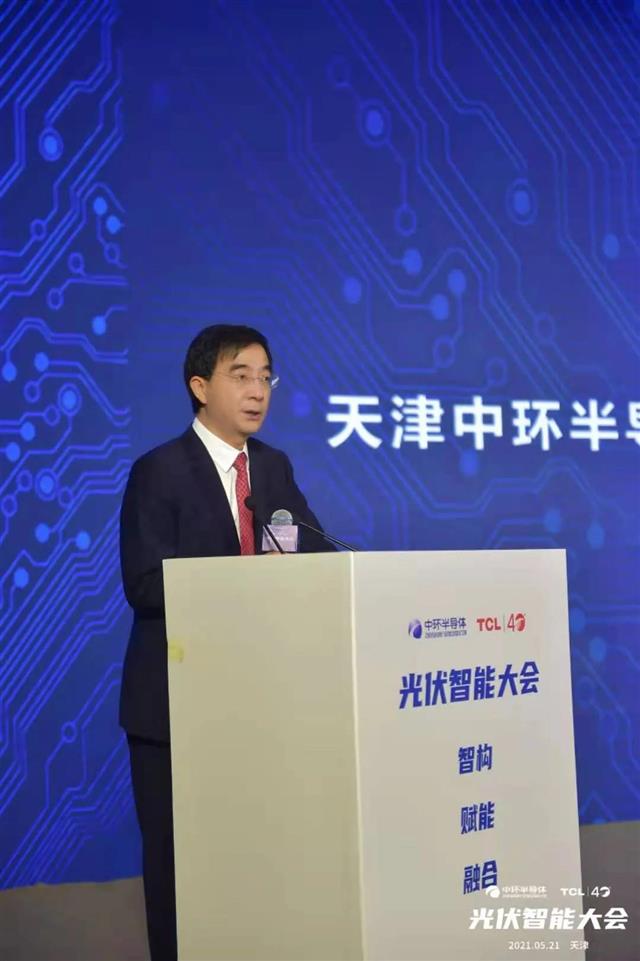
Shen Haoping, vice chairman and general manager of Zhonghuan Semiconductor, said that with the proposal of carbon neutrality goal, the photovoltaic industry has been given a new historical mission. Driven by many advantages such as carbon neutrality, new rural construction and western development, the power transformation of photovoltaic intelligent power generation, photovoltaic drainage desalination and new energy vehicles has enriched the application scenarios of photovoltaic and made its development prospect exciting.
He stressed that over the past 20 years, photovoltaic manufacturing has always followed two curves, namely, the continuous improvement of conversion efficiency brought by the improvement of process technology, and the acceleration of the development of automation and intelligence. With the launch of 210 platform technology, the two curves are integrated in the industry 4.0 era. Advanced technology, advanced integration, and advanced manufacturing methods will push the industry forward.
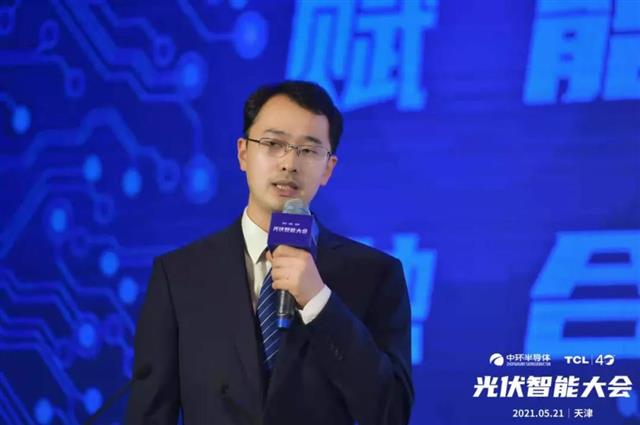
In the theme report, Wei Chen, vice general manager of new energy wafer BU of Zhonghuan, pointed out that optimistic estimation shows that the combined growth rate of photovoltaic installation in the next five years can reach 21%. Intelligent manufacturing will become a powerful weapon for photovoltaic industry to help achieve carbon neutrality target as soon as possible. G12 silicon wafer not only reduces the system cost and the power cost, but also puts forward higher requirements for the intelligent production and manufacturing of the whole industrial chain.
Taking Zhonghuan’s intelligent factory as an example, Wei Chen introduced to the guests the exploration and transformation of central in intelligent manufacturing. The resulting change is that the per capita labor productivity in Zhonghuan has increased by three times. In the future, it will realize a large cycle of industrial chain, focusing on the construction of industrial data chain, and assisting the high-quality development of photovoltaic industry. He concluded that intelligent manufacturing needs to carry out business blueprint planning from top to bottom, first form the picture of the whole factory, sort out the whole business, and then clarify the implementation path from bottom to top, gradually build the equipment layer, control layer and management layer, consolidate the underlying architecture platform, and implement standardized management, so as to ensure the implementation of intelligent manufacturing transformation.
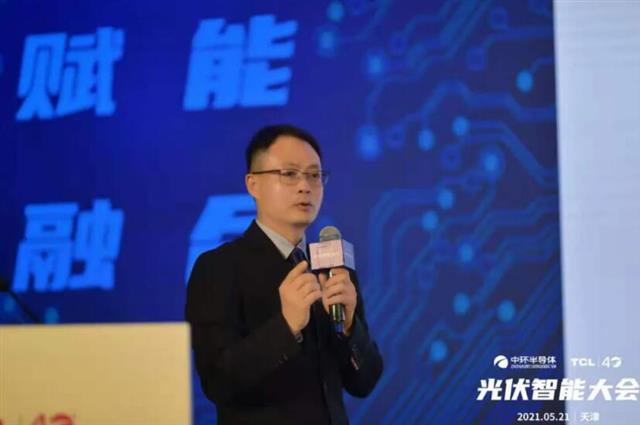
From semiconductors to solar energy, what are the new connotations of intelligence? Liao Shuyang, senior consultant of Applied Materials, showed the audience the whole process of automatic production. He said that when the semiconductor industry entered the 300 mm era, it was already building a modern unmanned factory in line with industry 4.0. Using the concept and technology of AIoT, through the automatic control of equipment sensors and machines, unmanned handling and intelligent dispatching, it was building a new type of “intelligent automation” factory with perceptual awareness.
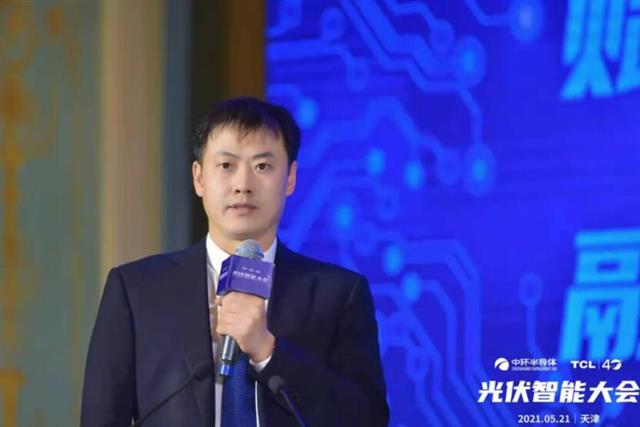
Gao Runfei, digitalization director of crystal BU of Zhonghuan, said that the company will overcome internal and external factors and firmly push forward G12 monocrystalline products and industry 4.0 route. By the completion of Ningxia Phase VI project, Zhonghuan will have 135 GW silicon wafer production capacity, but the first phase to the sixth phase is not simple replication, but continuous upgrading and optimization. In the future, it will also establish an intelligent crystalline pulling system, continuously improve the man-machine ratio through independent learning of big data model, and even realize unmanned production. He stressed that central will continue to focus on and meet customer needs, create value for customers, and continuously enhance the company’s competitiveness.
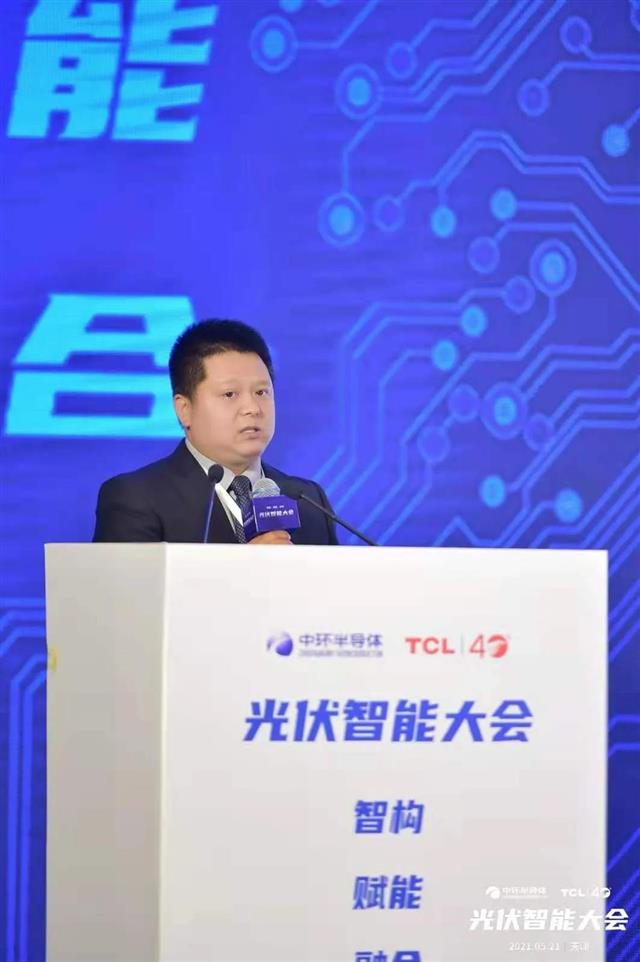
Siemens can be regarded as the pioneer of intelligent manufacturing. For photovoltaic intelligent manufacturing, Chen Cai, manager of digital enterprise transformation of Chinese companies, said that according to the company’s development experience, they summarized the path of enterprise digital transformation: first, they thought about their own business architecture, made top-level planning, then implemented the blueprint step by step, and finally entered the data application to realize digital optimization.
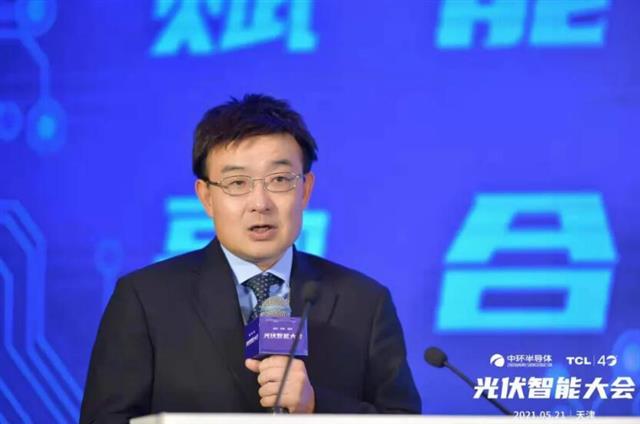
Xu Wentian, general manager of IBM Greater China Consulting Services, is full of expectations for the intelligent transformation of China’s photovoltaic industry. He stressed that if enterprises want to achieve results in the process of digital transformation, they must have the characteristics of agility, openness, and iterative technology, build an open business platform and intelligent workflow, improve user experience, and build a smart enterprise.
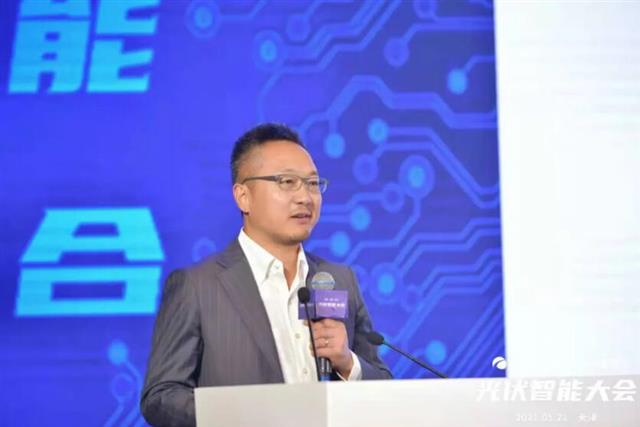
In terms of intelligent manufacturing, what achievements have photovoltaic people made? Dai Jun, chairman and CEO of RoboTechnik, said that after 20 years of development, the automation level of photovoltaic production, process complexity and single equipment capacity have been continuously improved, the product types have been increasing, and the scale of single room has been expanding. He stressed that intelligent manufacturing needs the optimal process route, the optimal logistics route and the most comprehensive information flow, so as to realize the self perception, self-learning, self decision-making, self execution and self adaptability of industrial manufacturing activities based on the new generation of information and communication technology.
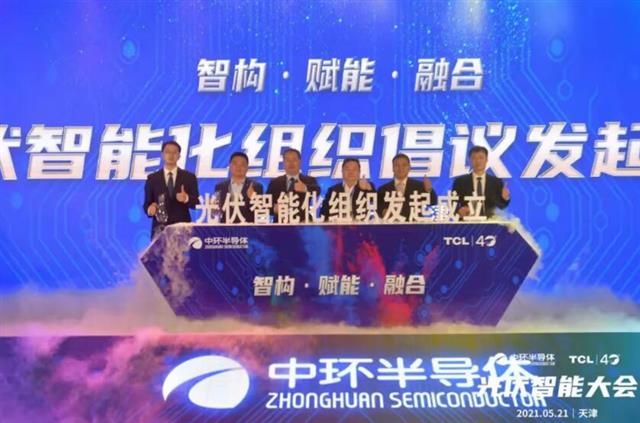
For the photovoltaic industry, intelligence means higher production efficiency and lower production cost, and for the downstream, it means lower electricity cost. At the conference, Trina Solar, Xinte Energy, Zhongneng, Tongwei Solar and Zhonghuan jointly initiated the establishment of “photovoltaic intelligent organization”.
They said that adhering to the concept of integration, empowerment and intelligent construction, leading intelligent enterprises in the whole industry chain of photovoltaic industry will focus on promoting the upgrading and integration of photovoltaic intelligent manufacturing, building intelligent photovoltaic power stations and high proportion of new energy grid, improving and expanding intelligent photovoltaic scenarios, and studying intelligent zero carbon comprehensive solutions through photovoltaic intelligent organization. They also extended their sincere invitation to the photovoltaic enterprises and all relevant circles who are interested in carbon neutrality, intelligent new technologies, new materials, software and services, so as to realize the great prospect of carbon neutrality and the bright future of human sustainable development with intelligent photovoltaic.
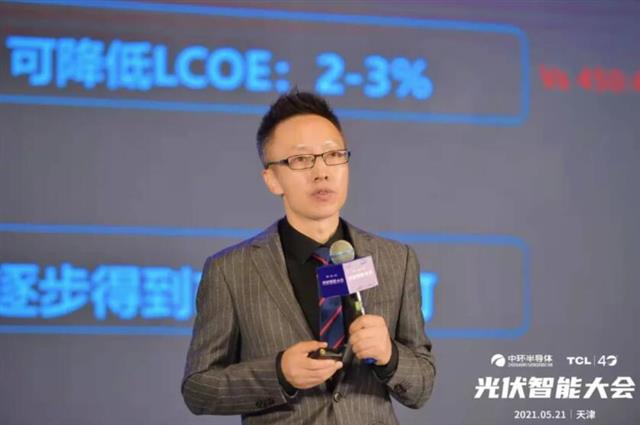
In the afternoon, Trina Solar and Risen Energy respectively demonstrated the ultra-high power module products based on G12 large size silicon wafer and battery technology. Dr. Zhang Yingbin, head of global product strategy and market of Trina Solar, pointed out that the 600W+ module based on 210 battery overturns the traditional design concept, improves the string power through low voltage and high current, reduces the cost of BOS from the perspective of customer system, and further reduces the power cost by about 2-3%.
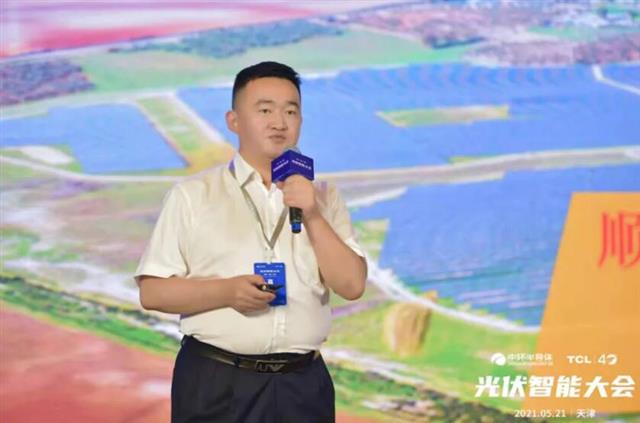
Song Yifeng, product management director of Risen Energy, also said that the key to energy lies in the cost. 210 modules can minimize the cost of photovoltaic power, which is of great significance to social and economic development and represents the future development trend.
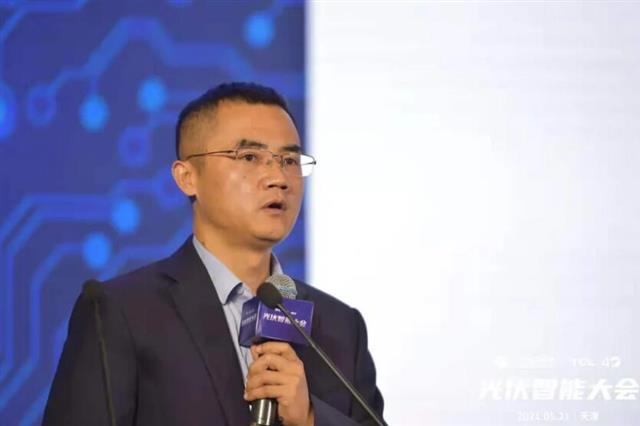
In fact, intelligent digital not only exists in manufacturing, but also can not be ignored in application. Dr. Zhang Yanhu, vice president of Sungrow, pointed out that digitalization has become one of the core characteristics of industrial production. With the integration of “Internet plus” and PV, digital technology such as big data and cloud computing will also be widely applied to the whole life cycle of R&D, development, design, construction and operation of photovoltaic power stations, and it will become a new driving force for the development of photovoltaic industry in China.
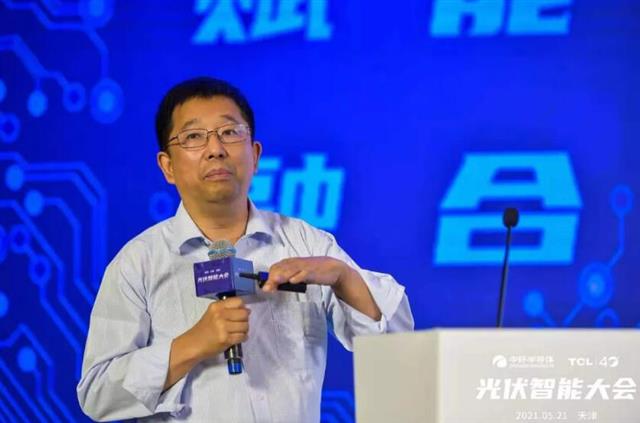
“Realizing carbon emission peak, and carbon neutrality” has brought important development opportunities to global photovoltaic enterprises. Zhao Ying, vice chairman of China Renewable Energy Society, chairman of photovoltaic special committee and professor of Nankai University, said that more than 120 countries in the world have set up a “carbon neutrality” time node, and many financial institutions have indicated that they will gradually terminate financial support for fossil energy projects and gradually transition to a low-carbon economy; Even a number of multinational oil and coal groups have announced that they will continue to add renewable energy. He predicted that in the next five years, the annual average new photovoltaic installed capacity in the world will reach 220-280 GW, double that of 2020.
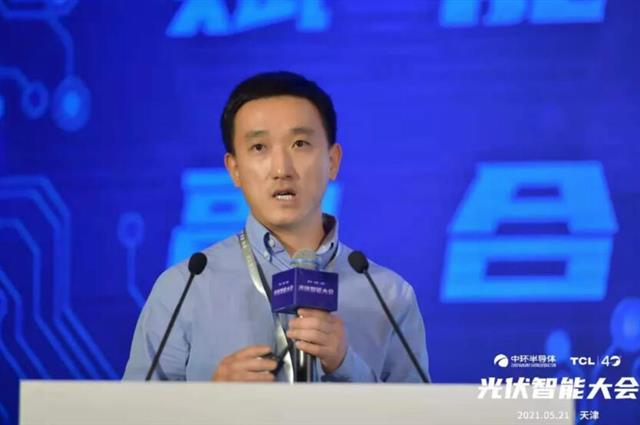
With the increasing proportion of installed photovoltaic power generation, how to solve the intermittent and fluctuating problems of renewable energy and make the power grid run safely and reliably has become the focus of attention. Chen Zhilei, assistant director of the New Energy Research Institute of the Chinese Academy of Electric Power Sciences, pointed out that the new generation of power dispatching control system has put forward new requirements for the intellectualization of photovoltaic power plants.
Therefore, the deep integration of optical storage, multiple energy access and intelligent management are needed. When the intelligent power generation enters the advanced stage, intelligent equipment, digital simulation model, industry expert knowledge base, artificial intelligence and other means will be used to realize the self-learning, self decision-making, self execution and self adaptability of the equipment and system. The production optimization operation and system maintenance are completely completed by the system automatically. Wu Touming, chief engineer of Huawei’s intelligent photovoltaic solutions sales department in China, brought full scene optical storage solutions. He said that in the next five years, with the increase of penetration rate, the probability of weak grid connection of power stations will be greatly increased, and energy storage will become a necessary option for all new power stations, helping new energy from adapting to the power grid to strengthening the power grid.


